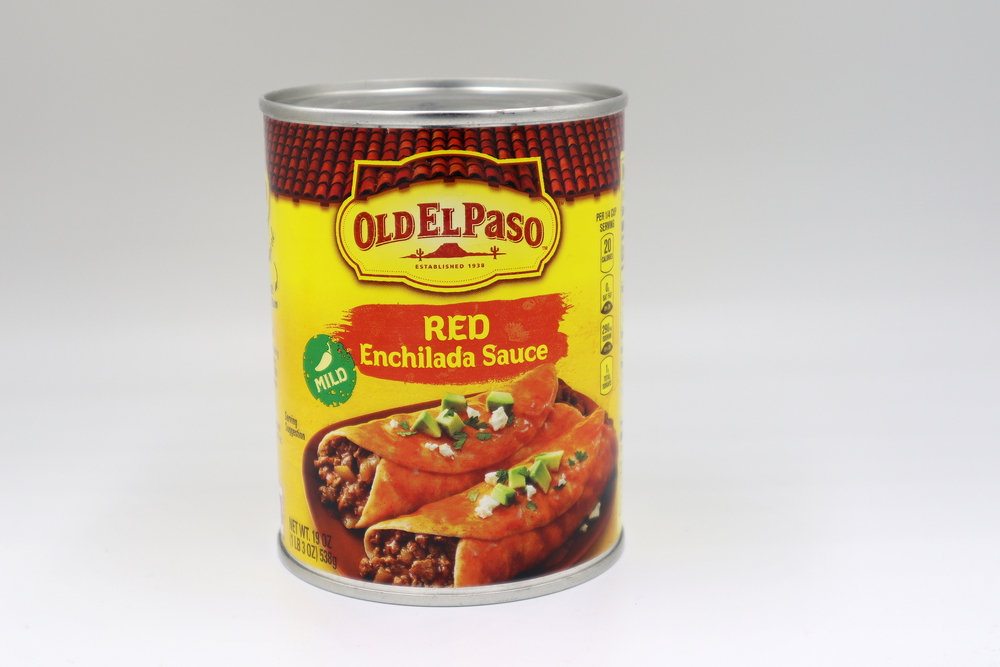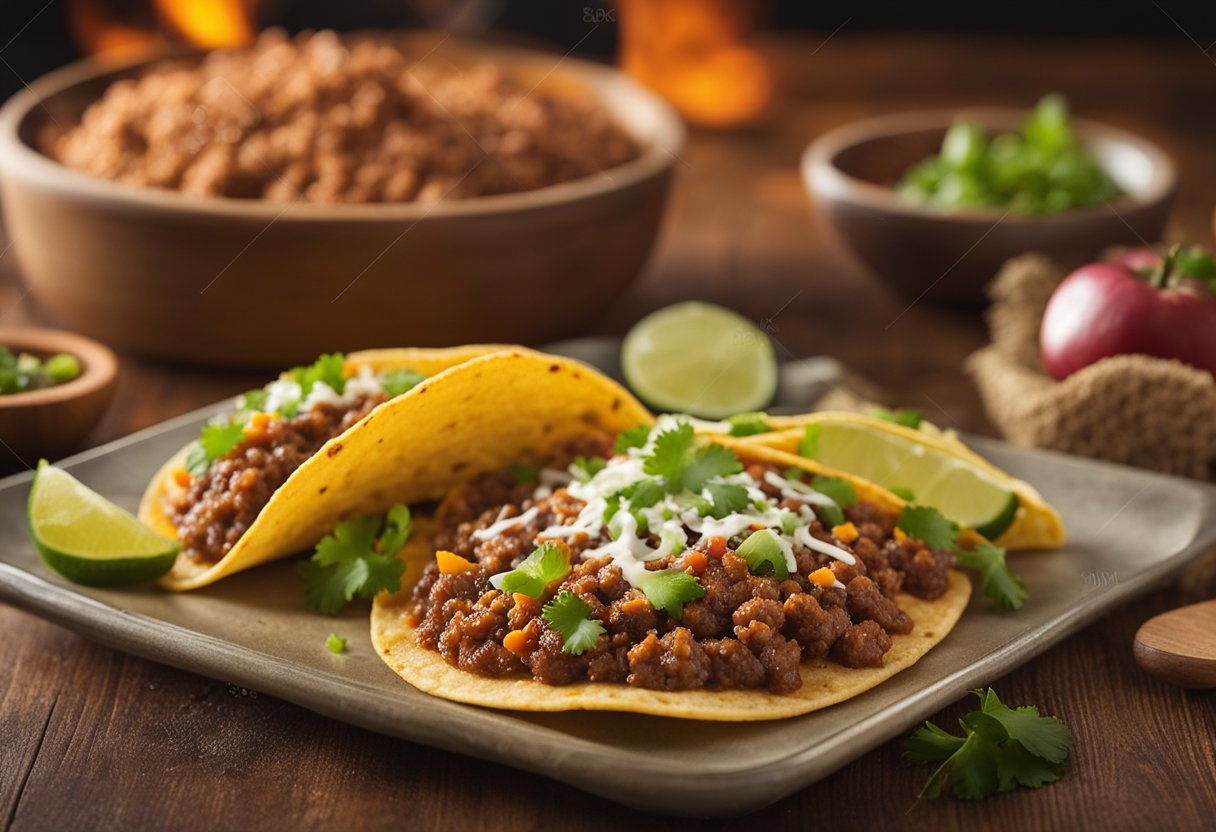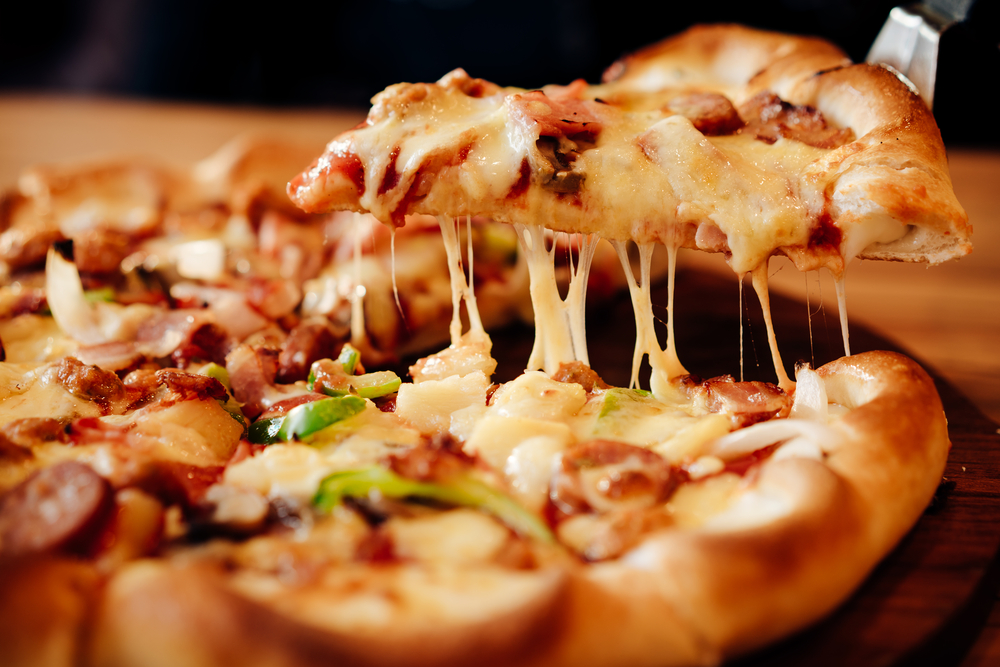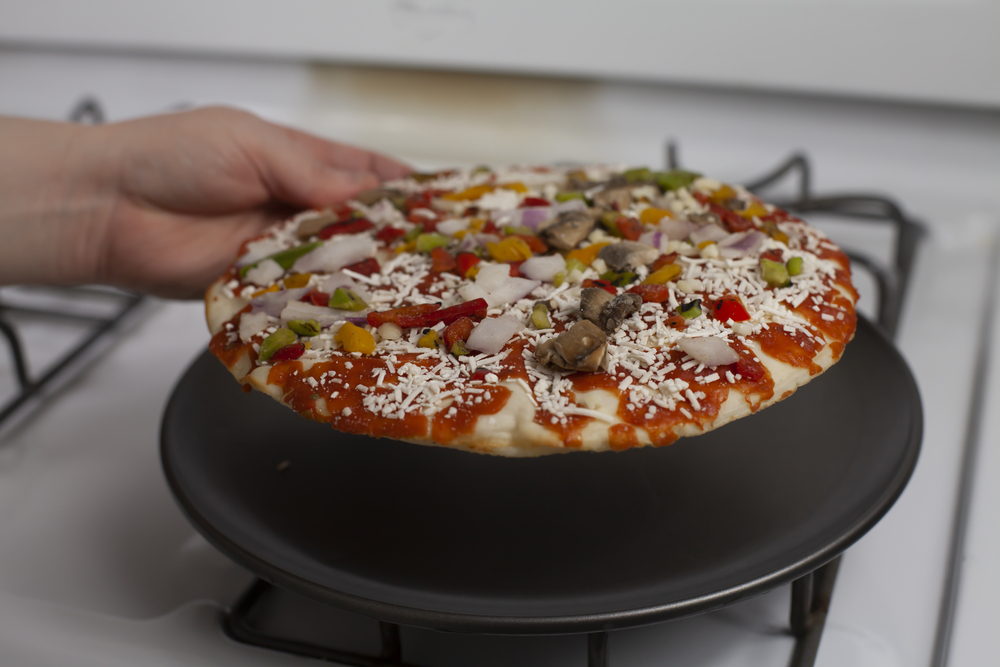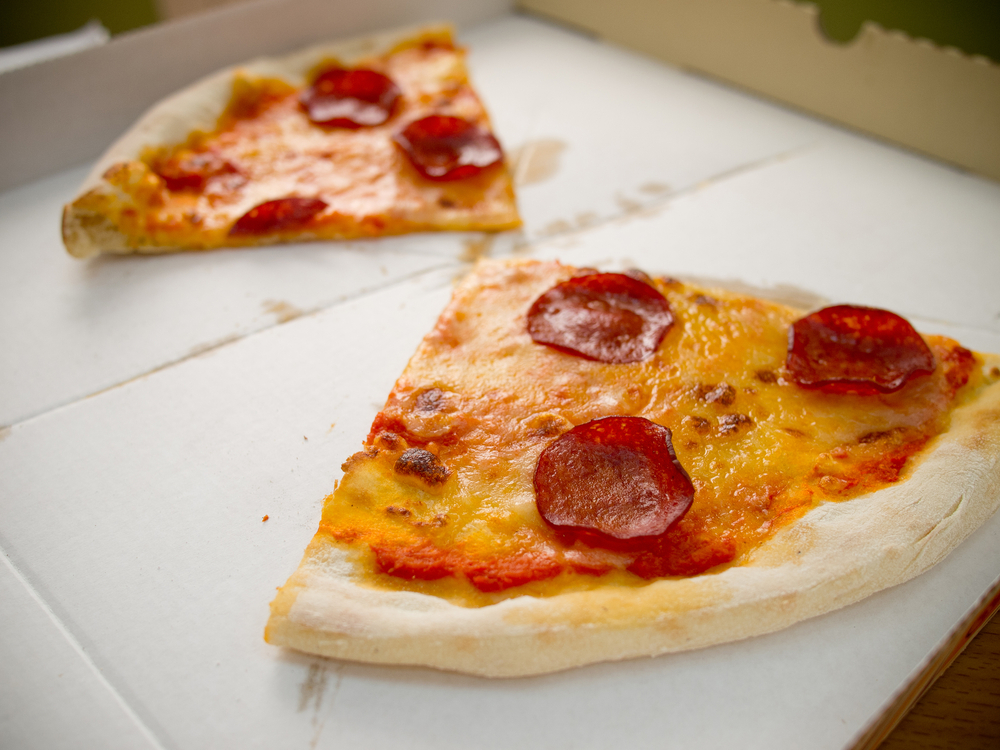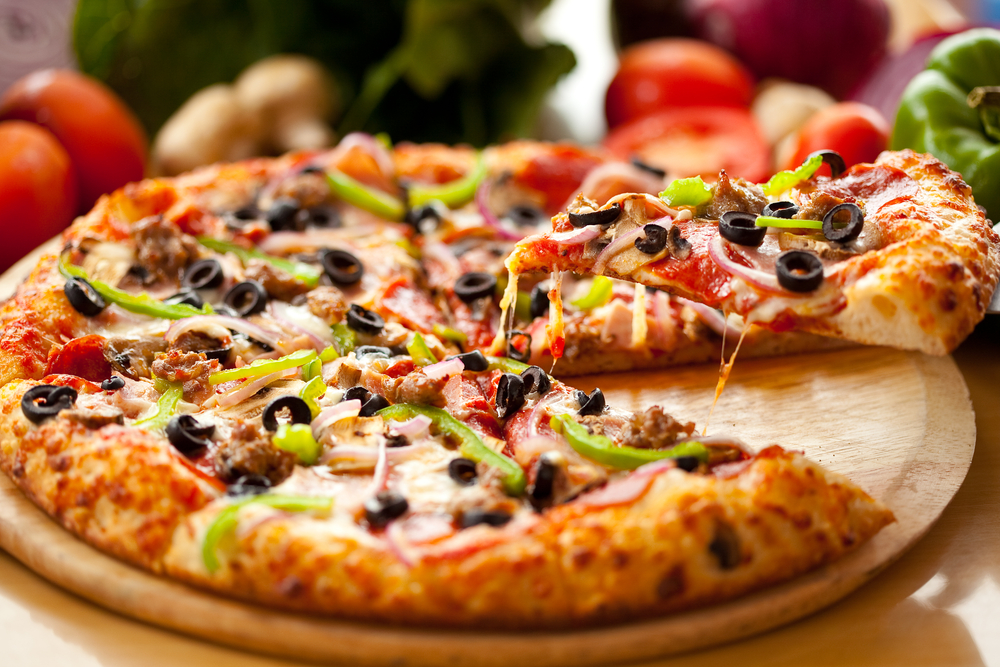Leftovers, admittedly, aren’t our favorite. Unless it’s cold pizza for breakfast or a spaghetti taco, leftovers just never taste the same the second, third, or even fourth time around. There’s a distinct difference between the freshness of a newly cooked meal and the very same meal the day after. Maybe it’s the fridge taste (sounds weird but is totally a thing), maybe it’s that the covers let just a little too much flavor out, or maybe the food sitting in sauce just doesn’t do it any favors. In any case, leftovers prove themselves to be one of the easiest and cost efficient ways of supplementing your daily diet.
In short, food can be reheated as many times as you want, as long as you’re willing to sacrifice a little quality to do it.
Leftovers are great. I mean come on, you already cooked it. What could be more convenient than a precooked yummy meal that you can stuff in a microwave or oven and run out the door? Nothing, that’s what. Whether it’s meal prep, accidentally cooking for a small army when you live on your own, or just having enough for lunch the next day, leftovers can be reheated, reused, and replayed for an easy and delicious meal.
The question isn’t how great leftovers are though. The real question here is how many times can you get reuse and reheat them. We look to the leaders in food health and bacteria management, the United States Department of Agriculture (USDA) to answer some of these questions. Stick with us, and we can find out the answer together.
How Many Times Can Food Be Reheated Safely
Leftovers are any part of a meal that is left after everyone has gotten their share. These leftovers can be stored, covered, and refrigerated for up to 3-4 days and still be okay to eat. This timer can be reset by heating the food up to at least 165 degrees Fahrenheit before storing again. This ends up killing the harmful bacteria that tends to grow on refrigerated food after a few days.
Really, as long as the food has been stored and covered properly, food can be reheated as many times as you want. How many times you reheat your food is totally dependent on how long the food has been in there. As long as the internal temperature reaches at least 165 degrees Fahrenheit, the food is generally safe to eat as the harmful bacteria is unable to live past that point.
The Important Of Heat

As described by the USDA or the United States Department of Agriculture, any cooked food leftover can be stored in the fridge for up to 3-4 days. At any point in that time, the leftovers can be heated to at least 165 °F. It’s important to put any extra leftovers back in the fridge when done, preferably within two hours to remain safe.
After each time you reheat, your leftovers will be safe to put back in the fridge for another 3-4 days. Generally, each time you reheat your food means a small quality decrease, so it’s best to only warm what you need and store the rest. Anything you don’t feel you can use within 3-4 days should be either frozen or tossed. Leftovers stored in the freezer are safe pretty much forever, but the best time to use them is within the first few months.
Frozen Dilemmas
What this means is that the USDA approves of infinitely reheating your mashed potatoes or green bean casserole, but if you intend on reheating it for more than a week, it’s probably best just to freeze it instead. Frozen food can stay bacteria free, adds just a little bit of cook time to your reheat ventures, and is much more effective in keeping the moisture inside your food and not on the inside of your microwave. With that said though, freezing your food isn’t foolproof.
Freezer burn can pose its own issues. In short, freezer burn is where ice crystals form on the inside of the food container because the water inside the food or from condensation freezes.
The USDA weighs in on some of our more pressing concerns about freezer burn with this to say; “Freezer burn appears as grayish-brown leathery spots on food and is caused by air reaching the surface of the food. Freezer burn does not make food unsafe, merely dry in spots. Cut freezer-burned portions away either before or after cooking the food. Heavily freezer-burned foods may have to be discarded for quality reasons.” (USDA, 2019).
This can change the flavor of the food and the texture dramatically, making for a less than tasty meal. It can happen to anything frozen, from ice cream to red meat. Just make sure you don’t leave your frozens in the freezer for months on end, and you should be okay.
Freeze What You Need
On the topic of freezing, the USDA says it’s mostly safe to heat frozen food without thawing them, but depending on the food it might take different methods. Some foods might thaw best in soups or stews whereas others might do best in the oven or microwave. It’s important to remember that frozen food takes longer to cook, so when you’re making a meal that’s time sensitive, leave a little extra room for your frosty components. After cooking or reheating, it’s completely safe to freeze again as long as the food has reached a comfortable 165 °F when measured with a food thermometer.
If you’re freezing or cooking food from a large container, it’s totally fine to thaw the leftovers, remove what you need and put it back in the freezer without cooking it again.
To make a long story short, freezing is the best way to go for previously cooked leftovers, as long as the food is covered and stored safely. Freezer burn can arise, but it’s more of a quality issue at that point than a health risk!
Safety Concerns
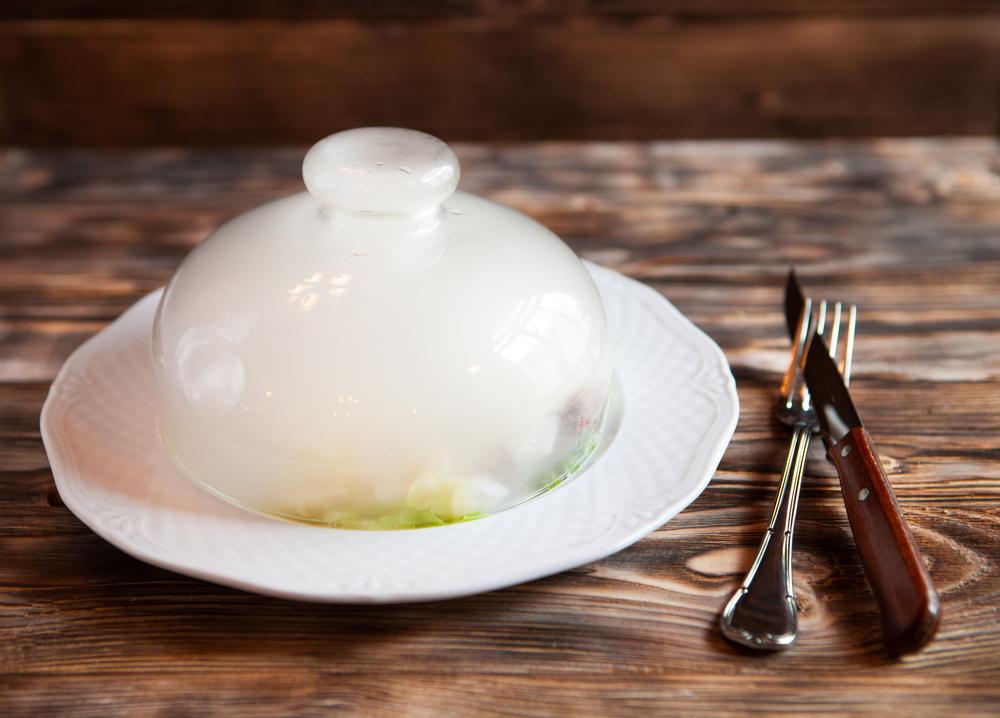
It’s important to recognize that improperly stored or covered leftovers are an active breeding ground for bacteria that can jump from uncovered plate to uncovered plate. All that’s to say cover your leftovers!! First and foremost, the safest leftovers are ones that have been in the fridge for less than 3-4 days, fully covered, and consistently cold.
The USDA indicates that cold temperatures slow bacterial growth. Bacteria exist everywhere, from our bodies to our food. When germs have food, moisture, and milder temperatures, they can grow quickly and lead to illness in us. Generally, bacteria grow the best between 40 °F and 140 °F, and they can nearly doubt their numbers in as little as 20 minutes. A normal fridge set to a chilly 40 °F or below will help to protect your food.
Killing The Bugs
The USDA or United States Department of Agriculture stresses the importance of proper heating and reheating food products to kill bacteria found in food. Unfortunately, some of these bacteria can produce toxins that cannot be sweated out if left out for too long. A general consensus for the term “how long” can be 2 hours and longer.
A good rule of thumb when reheating anything after its initial In general, the safe zone for bacteria is just not something a fridge can maintain. The USDA has a strict policy when it comes to food temperature in terms of what’s safe and what might be questionable. In one of many knowledge articles posted on their site the USDA goes on to say that one of the biggest and most effective means of bacteria control is temperature.
Disease and stomach issues can be a direct result of these bacterias. Managing your reheating, cooking, and refrigeration appliances is extremely important in the health and safety of the people eating your food, including yourself!
One way you can manage and self regular these appliances is with a thermometer to be sure the refrigerator temperature is always at that 40 °F or below range, and that the freezer is 0 °F or below.
Food Storage And Illness
While spoiled food might not smell or look the greatest, the USDA claims it probably won’t kill you. What they call “spoilage bacteria” are responsible for food quality changes, including texture, smell, taste, physical appearance and more. Just because a veggie is mushy, doesn’t mean it’s technically going to result in a sick feeling. You still probably shouldn’t eat it, but the point is that the real dangers of bacteria and the illnesses they can produce isn’t always visual.
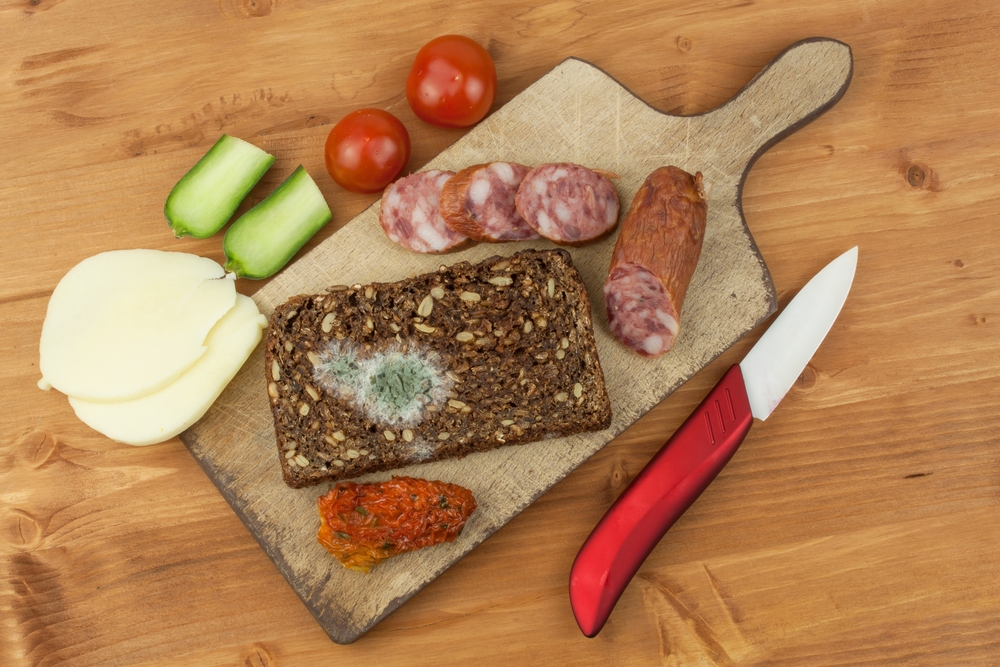
The pathogenic spoilage bacteria, as described by the USDA are very specific in their temperature needs, but that doesn’t mean they’re harmless. In fact, some of these spoilage bacteria can be found growing like weeds in your fridge, even if it’s cold in there. Germs are adaptable to their environment which can make the need for safety and mindfulness in the kitchen so important.
Bacterial Range
Some of these bacteria appear a lot more frequently than others. The USDA weighs in here with some technically important terms to note, “Mesophiles (MEZZ-oh-files) prefer moderate temperatures ranging from 41 °F (5 °C) to 50 °F (10 °C). In a favorable medium, these bacteria double their numbers in as little as 30 minutes. Psychrotrophs (SIGH-crow-trowfs) can grow at about 32 °F (0 °C) (the freezing temperature of water), but grow best at moderate temperatures. Thermophiles prefer a warmer temperature.
The optimum temperature for growth is usually between 131 °F (55 °C) and 149 °F (65 °F). Some can grow in temperatures as low at 95 °F (35 °F) or as high as 167 °F (75 °C) to 194 °F (90 °C). Psychrophiles (SIGH-crow-files) prefer low temperatures. They can grow at temperatures of 32 °F (0 °C) or lower, but they can also thrive at moderate temperatures of 59 °F (15 °C) to 68 °F (20 °C). They are quite common in environments where the temperature remains consistently low. They are mainly of marine origin and have little consequence in food.” (USDA, 2019).
Ways To Reheat
Heating up leftovers isn’t really a lost art in this day and age. A ton of folks just tend to stuff leftovers in the microwave or air fryer and call it good, but there are benefits in oven and stove top heating as well. The United States Department of Agriculture (USDA) describes a few means of reheating while also issuing a warning against others in their knowledge article posted on their USDA.gov site.
These warnings include things like any food that had been cooked, cooled, and intended to be cooked again reaching at least 165 °F. Anything that’s been cooked commercially and vacuum-sealed like hams or roasts might have a different temperature need as listed on the package, but leftovers should always reach at least 165 °F for safe consumption. If it’s something like a sauce or a soup, boiling is a great stopping point for reheating, though you might want to wait a few minutes before taking that first bite.
On The Stove Top
To reheat on a stove top, the best way to do it is in a saucepan or skillet to heat thoroughly. As always, the temperature goal for the food is at least 165 °F on a food thermometer when safe to eat.
In The Oven
For this method, you’ll want to place your leftover food in an oven set at about 325 °F. Depending on the time you have to cook, this can go up a little but the goal is still an internal temperature of 165°F.
In The Microwave

Anything heated in a microwave should be regularly stirred, covered, and rotated to ensure an even heat. Because the microwave can superheat your leftovers pretty quickly, it is recommended to let it sit for a second, but the standard 165 °F is highly recommended. It’s important to note that this temperature is required in all parts of the leftover plate, so be sure to check the temperature in a few different spots.
The Hot Water Method
Now these are just a few examples from a well respected and leading authority in food and agriculture safety, but we think it’s important to know. On top of that, the USDA throws the hot water method into the mix. Research indicates that hot water kills bacteria and other germs that could pose an issue with food consumption. Like with anything else, bacteria management requires an understanding of the germs you’re trying to kill. That means that the temperature of the water, the amount of time spent, and the bacteria actually affected might vary.
This could mean that heating water and boiling or poaching the leftovers might just make it safe enough to eat and solve the dryness issue that comes with reheating some food stuff. Things like meats, eggs, veggies, and others might benefit from this method.
Final Thoughts
All in all, leftovers are an incredible way to feed yourself, save a little cash, and save your hard earned money from the depths of the trash. Practicing safe storage, refrigeration, and reheating processes can help to not only save you a rather nasty trip to the bathroom or worse, but can save the hassle of cooking a whole new meal when a perfectly good leftover one still exists.
As long as the food has been properly handled and heated, leftovers can last about as long as you need them to, making your food and money work for you.
We know we went through a lot of technical jargon so we hope we didn’t lose you, but the information found on the USDA.gov site has a ton of incredible and easy to understand articles to answer any questions you have. It’s important to be as educated as possible to take your health into your own hands. Especially in today’s world, time and money are of the essence, so ways of saving both are becoming more and more popular.
Food storage bags, Tupperware, and vacuum sealed containers are going to be the best opportunity when it comes to saving your food from the germs bound to poke and prod their way in. It’s important to maintain healthy boundaries with these microorganisms and protect yourself, your friends, and your family from sickness due to them.
Practice safe and healthy food habits by sealing and refreshing your food as needed. Stay safe, stay hydrated, and keep your leftovers safe!
Related Questions
Can You Reheat In A Slow Cooker?
The USDA does not recommend the slow cooker methods anything to do with steam tables or slow cook options. These appliances normally function in the span of what’s known as the “danger zone” which is anywhere between 40 °F and 140 °F for way too long to be safe. Because germs can multiply rapidly at these temperatures, reheating in any kind of appliance that slowly rises in heat, or lingers in that zone is super not safe. You’ll be risking some less than exciting effects.


